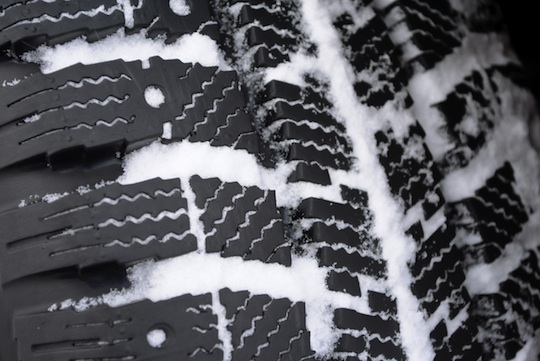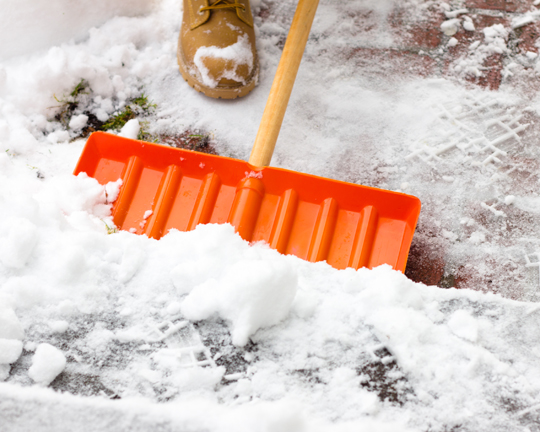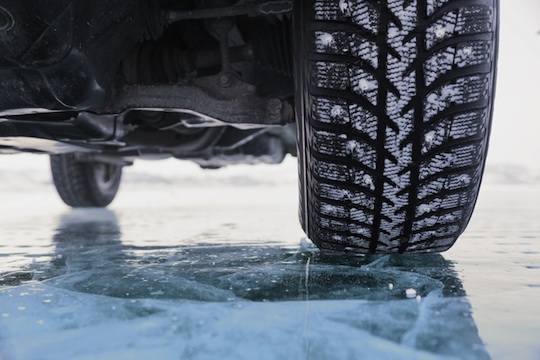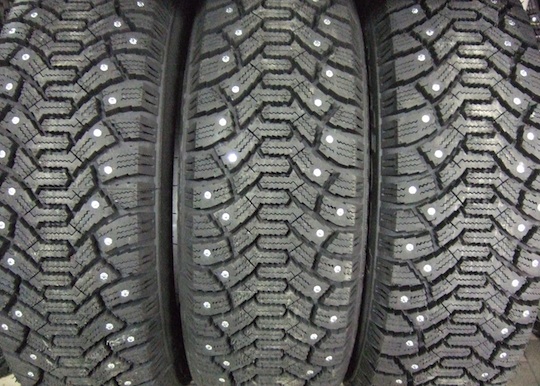Most drivers ask themselves the following question: do I really need snow tires on front wheel drive vehicles? The answer is quite simple: if you live in an area where temperatures often go below 32 degrees Fahrenheit (0 degrees Celsius) during the cold season, then yes, you should definitely purchase and install premium snow tires.
Reasons Why Snow Tires Are a Hot Must-Have during Winter
When it comes to prepping their cars for a hard winter, drivers have to take a considerable amount of money out of their pockets. This is precisely why some of them want to cut corners and install only two snow tires, instead of four.
Why are snow tires so important, and why do you need four? Due to their special tread pattern, they perform better on icy, sloppy roads. Moreover, they preserve their flexibility in the coldest environments.
Do I Need Snow Tires on Front Wheel Drive Cars?
Just like millions of other drivers, you might be wondering: would it be a good idea to put snow tires on front wheel drive cars? The answer is yes. In fact, 70% of all car manufacturers advise owners to install snow tires on four-wheel-drive automobiles and also on vehicles with a front-wheel-drive or a rear-wheel-drive layout.
Opt for four snow tires, instead of installing two summer tires and two winter tires; by doing so, you will considerably reduce collision risks and gain full control over your vehicle even in the most difficult driving conditions.
Ask an expert
Replacing the tires that you use during spring, summer, and autumn with snow tires is definitely an inspired decision. However, if you have any doubts regarding this action, don’t hesitate to contact a snow removal expert and get the best answers to your questions.
Find the best professionals operating in your area by relying on TalkLocal, a free service that simplifies your daily life by connecting you with the right professional, right now.














